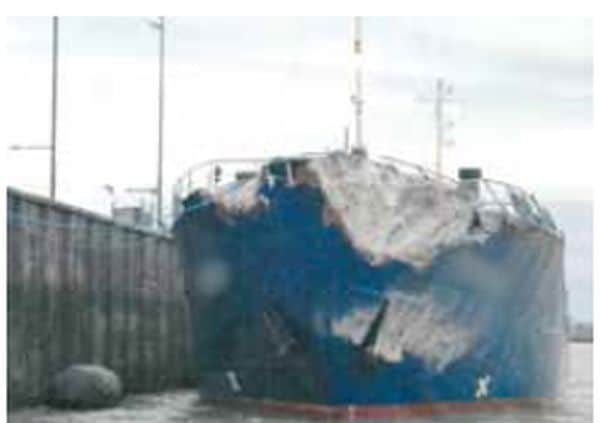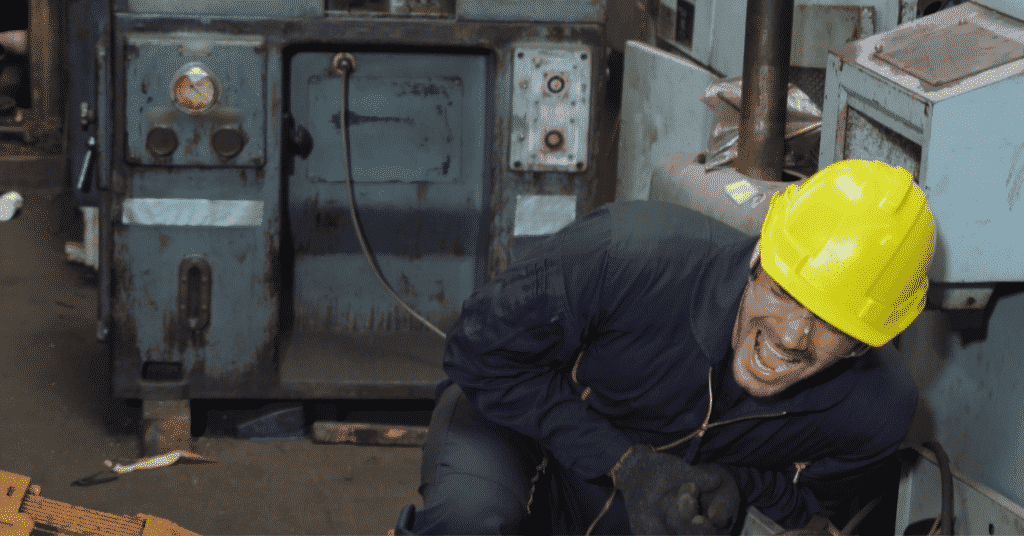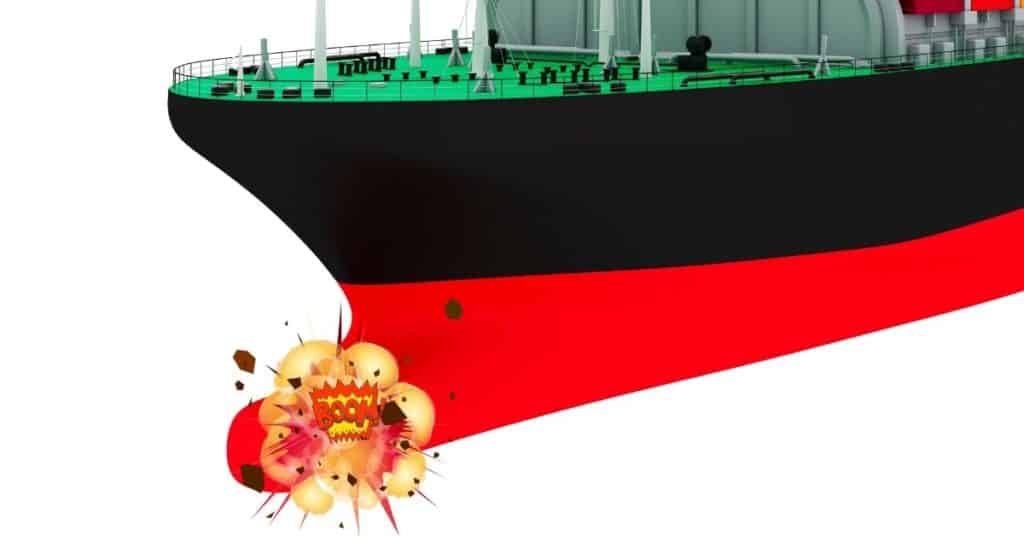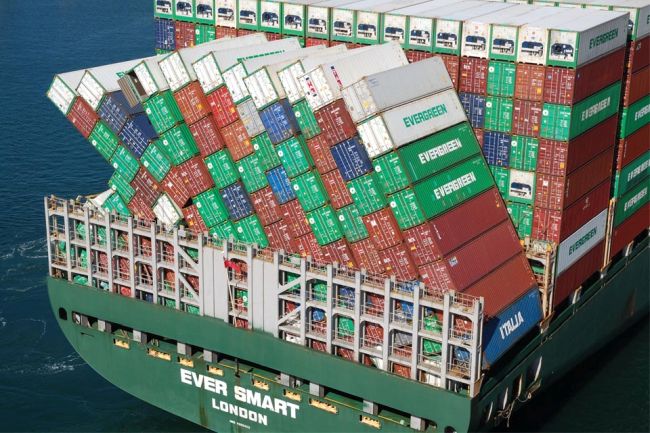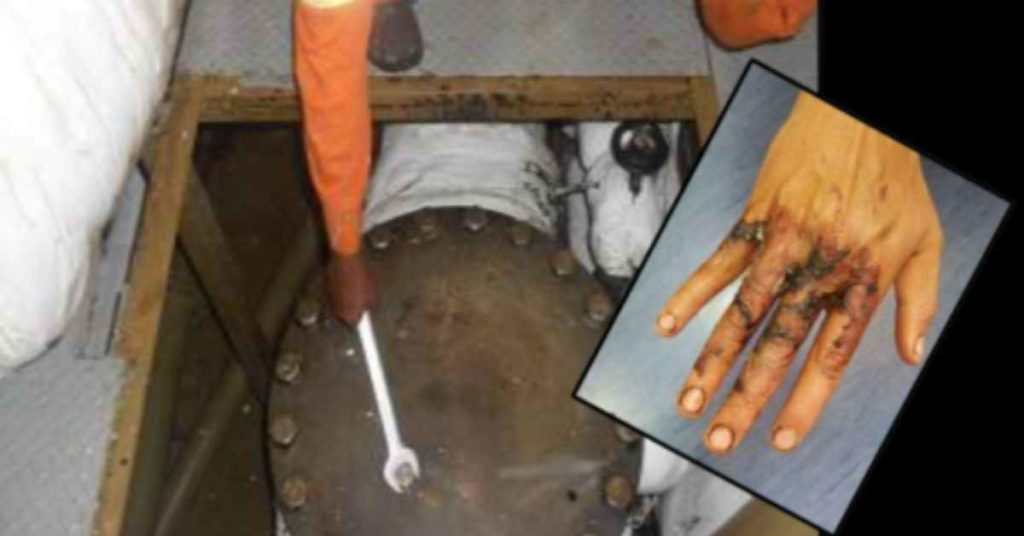Real Life Incident: Abdominal Pain Lands Seafarer In Medical Mayhem
On a vessel on an extended anchor stay in an isolated port, a crew member began suffering from severe abdominal pain. It soon became evident that the crew member would require professional attention, and it was decided to transport him ashore. To comply with local regulations a shore pass was needed so the Master had to ‘off-sign’ the victim first. Once this was done, several hours passed before the victim could be picked up by launch. The victim could not lie down on the launch due to lack of space, while the pain was becoming ever more intense.
Once ashore, no ambulances were available so the victim was transported to the nearest hospital, which was about a one hour trip, in a non-specialised vehicle. At the hospital, the victim was diagnosed with appendicitis but an operation was not considered appropriate at the time. Some hours later the victim’s pain became unbearable. The fear of perforated appendicitis triggered the call for a surgeon and, several hours later, the operation was performed; a perforated appendix was remedied.
Communication with the hospital was problematic since the victim did not speak the local language and the hospital personnel were not conversant in English. The company did not arrange for an interpreter. On the second day, the victim had to leave the hospital and was taken to an unhygienic, mouldy room to recover. Only after a lengthy and strong protest did the victim get access to a clean room in a nearby villa rented by the company. However, medical aid was not available.

Eventually, the victim managed to be repatriated – although on a flight with lengthy stop-overs and without being able to lie down, which was contrary to the received medical advice. Once home, a second operation was urgently needed.
Lessons learned
- A failure to plan is planning to fail.
Some due considerations from this case study:
- The Master needs an emergency plan which includes instructions for landing victims for hospital/medical treatment. This procedure may be generic, but should include additional guidelines for specific trading areas or projects where necessary.
- The Master should be aware of port requirements for shore passes and signing off procedures in case of emergency (especially in times of pandemic such as Covid where additional hurdles may be involved).
- The location of the nearest hospital should be known, as well as the quality and reputation of the hospital.
- Depending on the area where the vessel is operating, an interpreter should be considered should crew be sent ashore for care.
- Crew members sent ashore for medical treatment should always be accompanied by someone who is able to provide help/assistance.
Reference: nautinst.org
Do you have info to share with us ? Suggest a correction
About Author
Marine Insight News Network is a premier source for up-to-date, comprehensive, and insightful coverage of the maritime industry. Dedicated to offering the latest news, trends, and analyses in shipping, marine technology, regulations, and global maritime affairs, Marine Insight News Network prides itself on delivering accurate, engaging, and relevant information.

About Author
Marine Insight News Network is a premier source for up-to-date, comprehensive, and insightful coverage of the maritime industry. Dedicated to offering the latest news, trends, and analyses in shipping, marine technology, regulations, and global maritime affairs, Marine Insight News Network prides itself on delivering accurate, engaging, and relevant information.
- Real Life Incident: Vessel Collision in Good Visibility
- Real Life Incident: Severe Injury To Deck Crew While Leaving Berth
- Real Life Incident: Departure Damage in Very Restricted Waterway
- Real Life Incident: Low Situational Awareness Has High Impact Consequence
- Real Life Incident: Fouled Anchor in a Designated Anchorage
- Real Life Incident: Fire On Barge Carrying Scrap Metal Causes $7 Million Worth Of Damage
Latest Case studies Articles You Would Like:
Subscribe To Our Newsletters
By subscribing, you agree to our Privacy Policy and may receive occasional deal communications; you can unsubscribe anytime.
Web Stories










